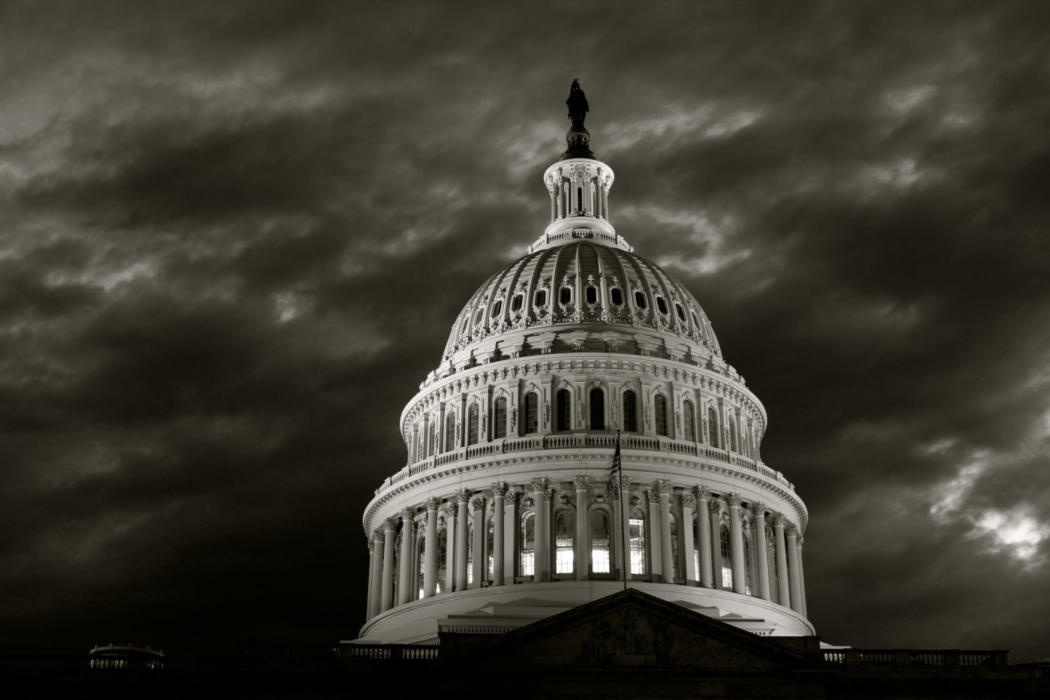August 30: Revised Q2 GDP Growth Came in Higher Than Expected at 3%
Utzinger, Robert2018-07-04T19:37:49+00:00Real gross domestic product increased 3.0 percent in the second quarter of 2017, according to the “second” estimate released by the Bureau of Economic Analysis. The growth rate was 0.4 percentage point more than the “advance” estimate released in July. In the first quarter, real GDP increased 1.2 percent.


